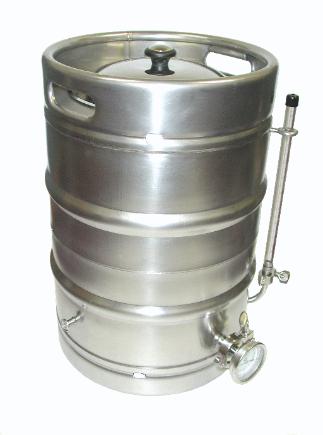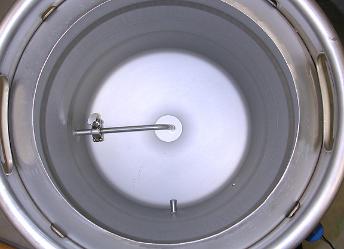interplexr
Well-Known Member
I'm going to convert a sanke keg to an electric brew kettle soon. I have the keg and a few ideas of what all I want in it but I would love to hear what you folks would recommend. What all bells and whistles would have you or would you put in yours?
I plan to have a thermowell and sight glass at the least with a 5500W heating element using a simple PWM circuit for control. I don't see the need for a PID control on this and would imagine you would get better control just with a PWM circuit. I plan to keep using my existing IC but use a pump to whirlpool. This would be new for me. Has anyone put any baffles or anything in their kettle to allow the wort to be pumped or gravity fed from the tap to the fermenter without disturbing the trub cone?
I'd love to hear and see what everyone else has done!
I plan to have a thermowell and sight glass at the least with a 5500W heating element using a simple PWM circuit for control. I don't see the need for a PID control on this and would imagine you would get better control just with a PWM circuit. I plan to keep using my existing IC but use a pump to whirlpool. This would be new for me. Has anyone put any baffles or anything in their kettle to allow the wort to be pumped or gravity fed from the tap to the fermenter without disturbing the trub cone?
I'd love to hear and see what everyone else has done!
















































![Craft A Brew - Safale S-04 Dry Yeast - Fermentis - English Ale Dry Yeast - For English and American Ales and Hard Apple Ciders - Ingredients for Home Brewing - Beer Making Supplies - [1 Pack]](https://m.media-amazon.com/images/I/41fVGNh6JfL._SL500_.jpg)












